Let’s start the air dry versus blow dry debate with a question—is air drying hair bad? Not necessarily. Your hair is fragile when wet and incredibly susceptible to damage. The longer it stays wet, like when left to air dry, the more prone to damage it becomes. This is even more true if your hair is bleached, dyed or otherwise chemically treated.
Hair strands are made up of the cuticle, cortex, and medulla. In between the cuticle and cortex, is a layer called the cell membrane complex, that binds the cell membranes between the cuticle and cortex. When this layer gets wet it swells, and over time, the swelling and de-swelling of the hair causes it to become weak and dry, leading to breakage.
Air drying is also known to increase frizz, buildup, and can even attract bacteria and fungus, which can lead to scalp problems. And this is particularly true if you have very thick or natural textured hair. So while air drying is generally gentler on your hair, it isn’t necessarily good for your hair, especially if the hair stays wet for extended periods.
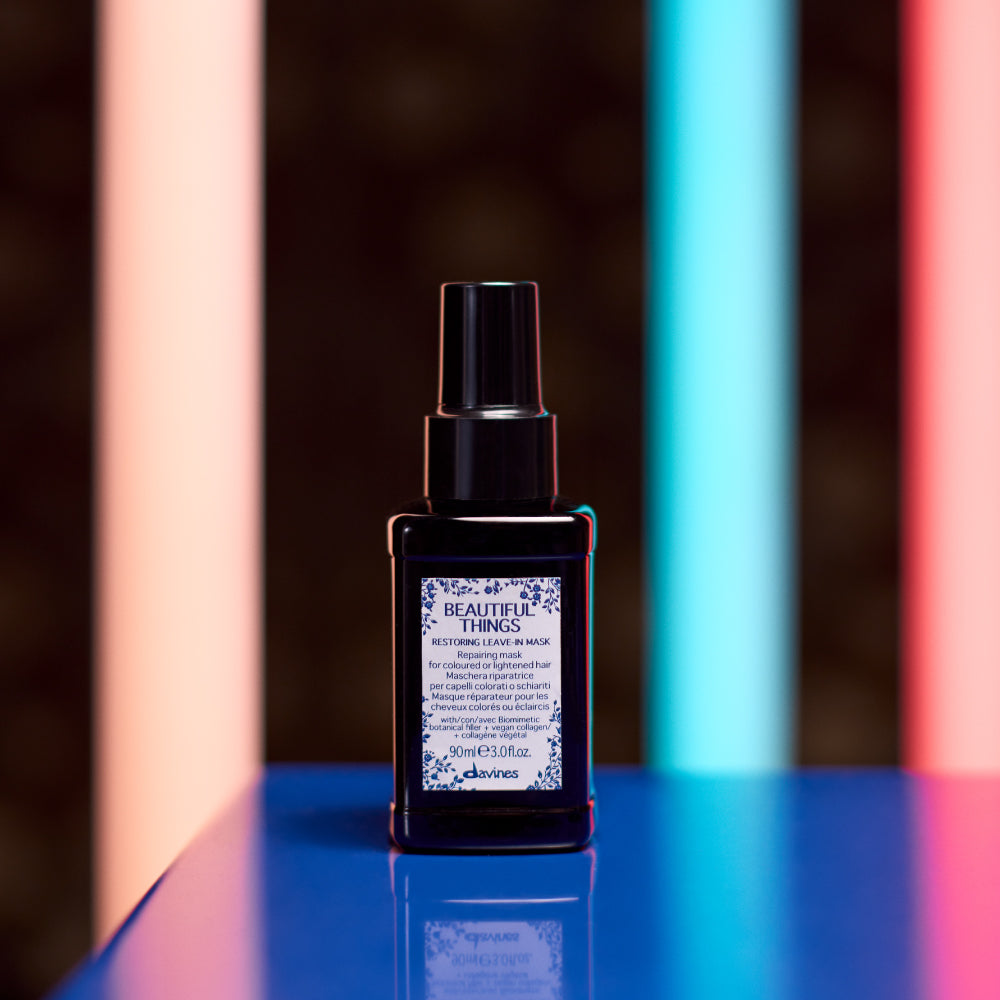
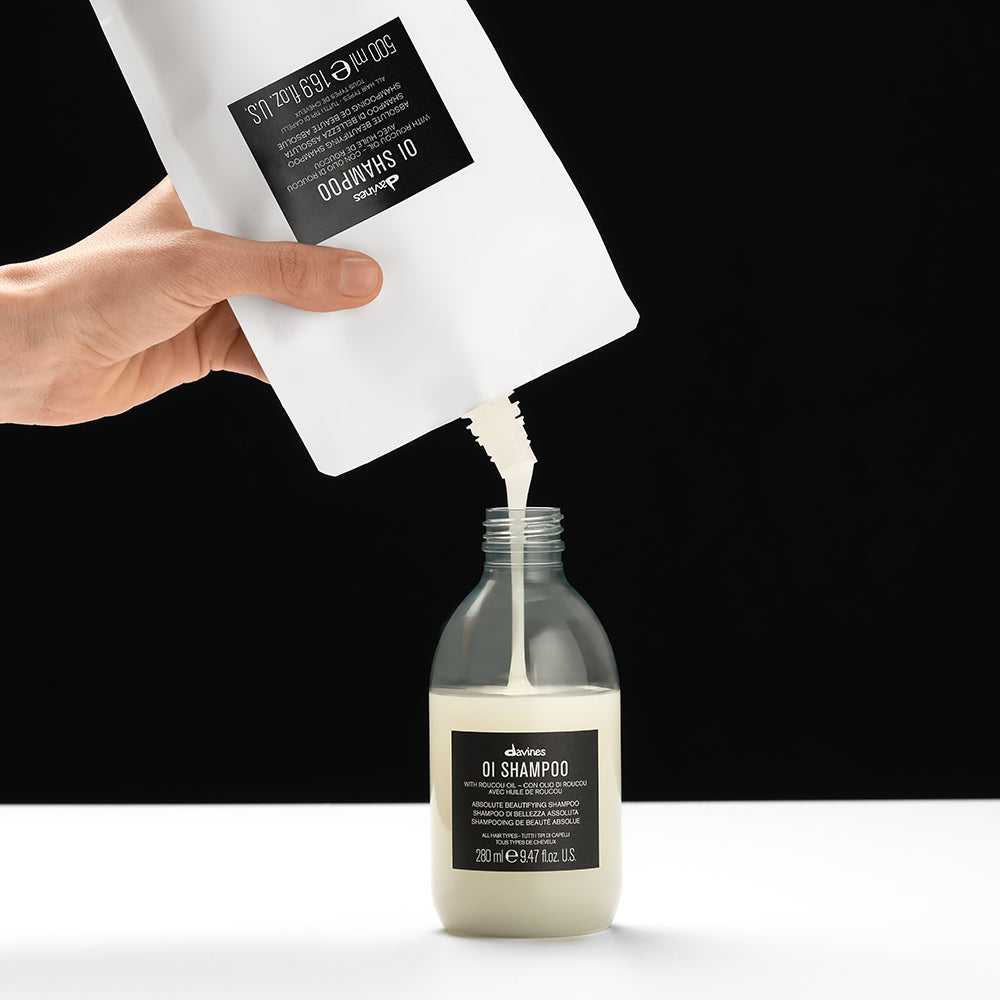

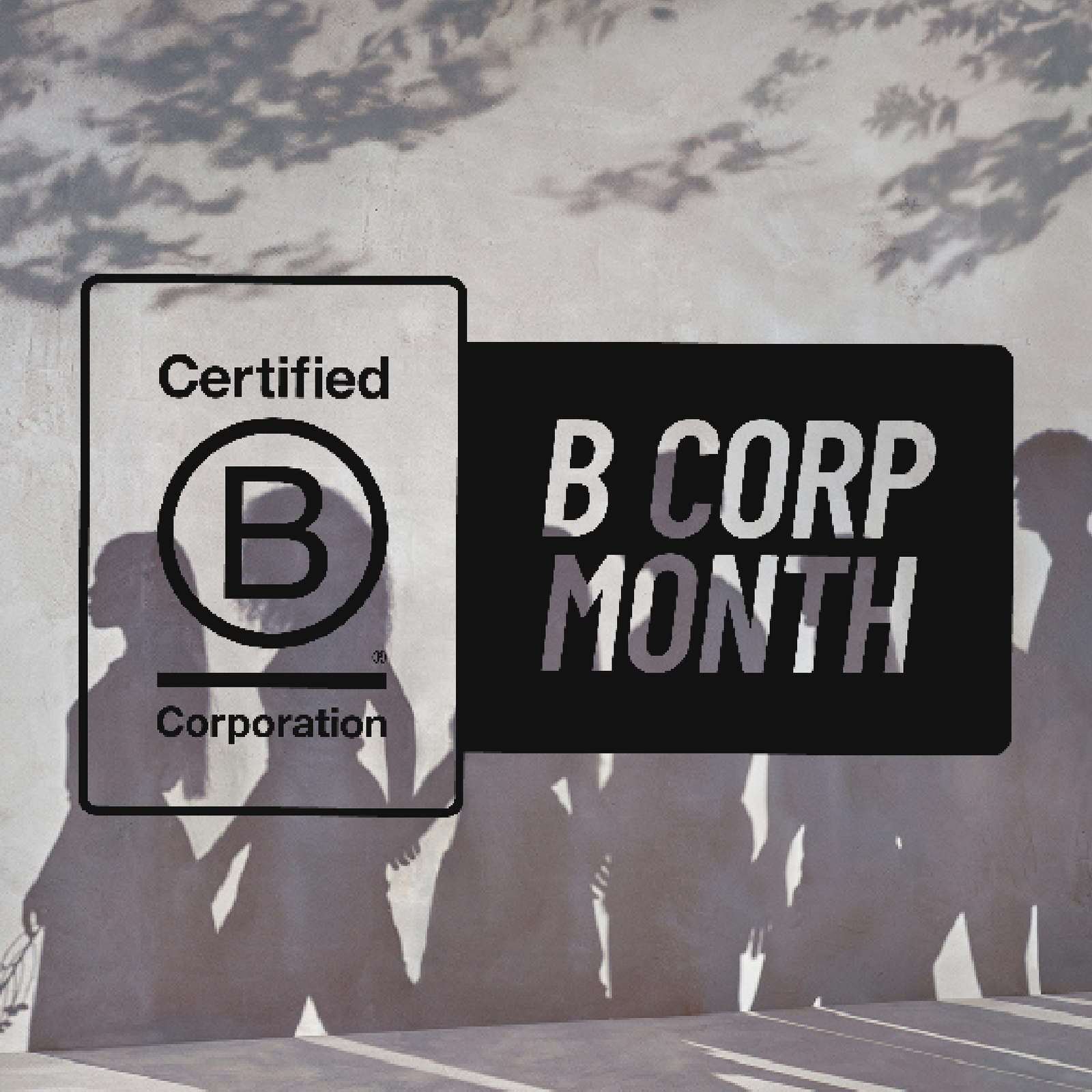
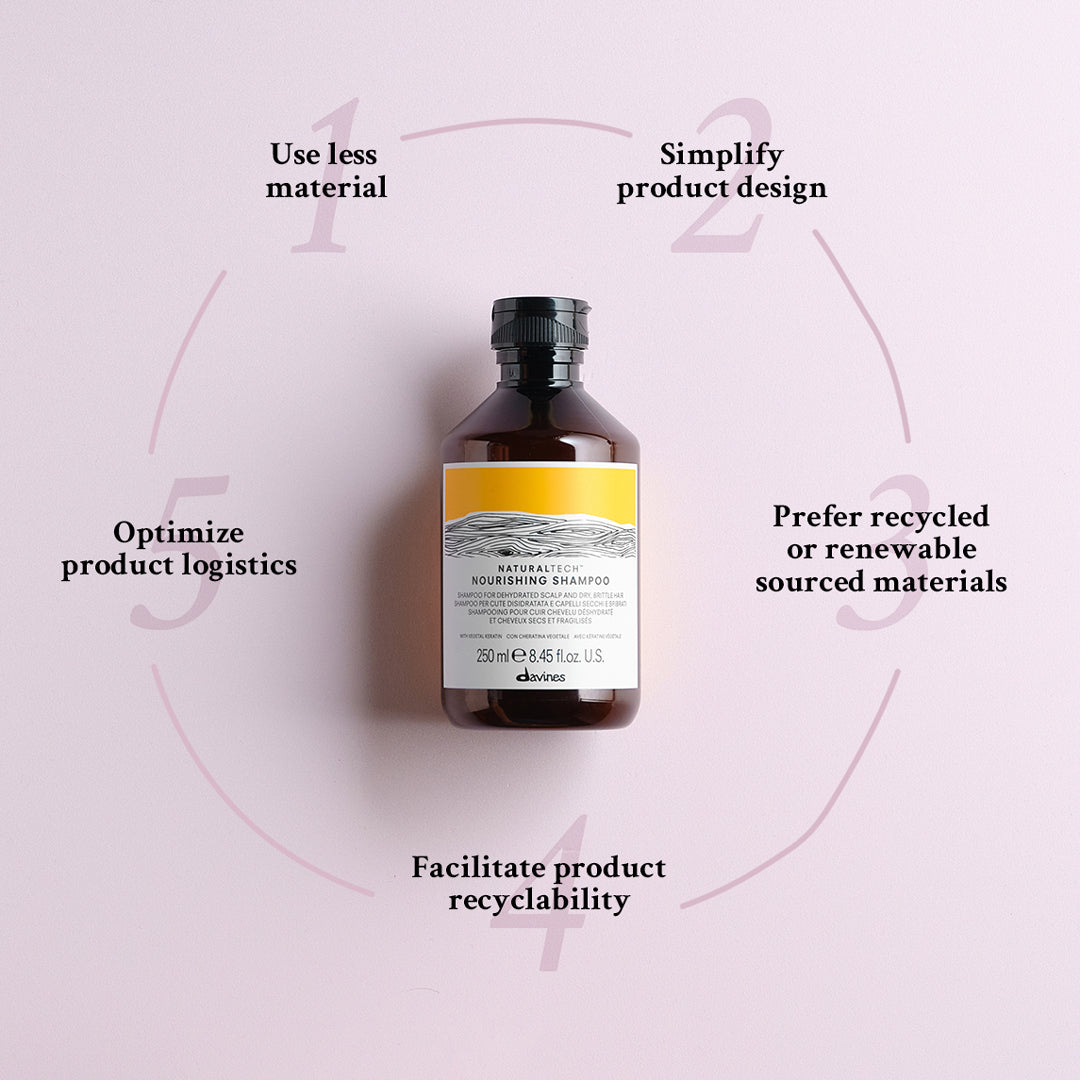
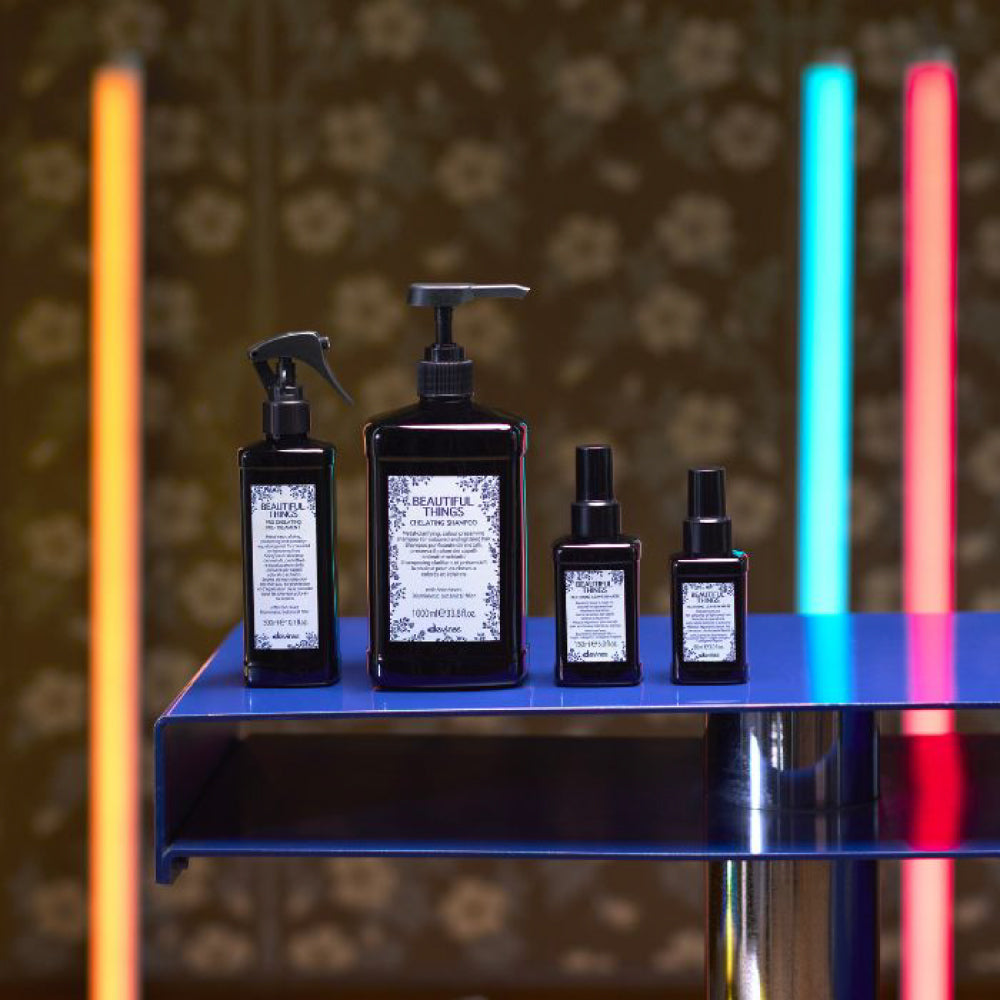
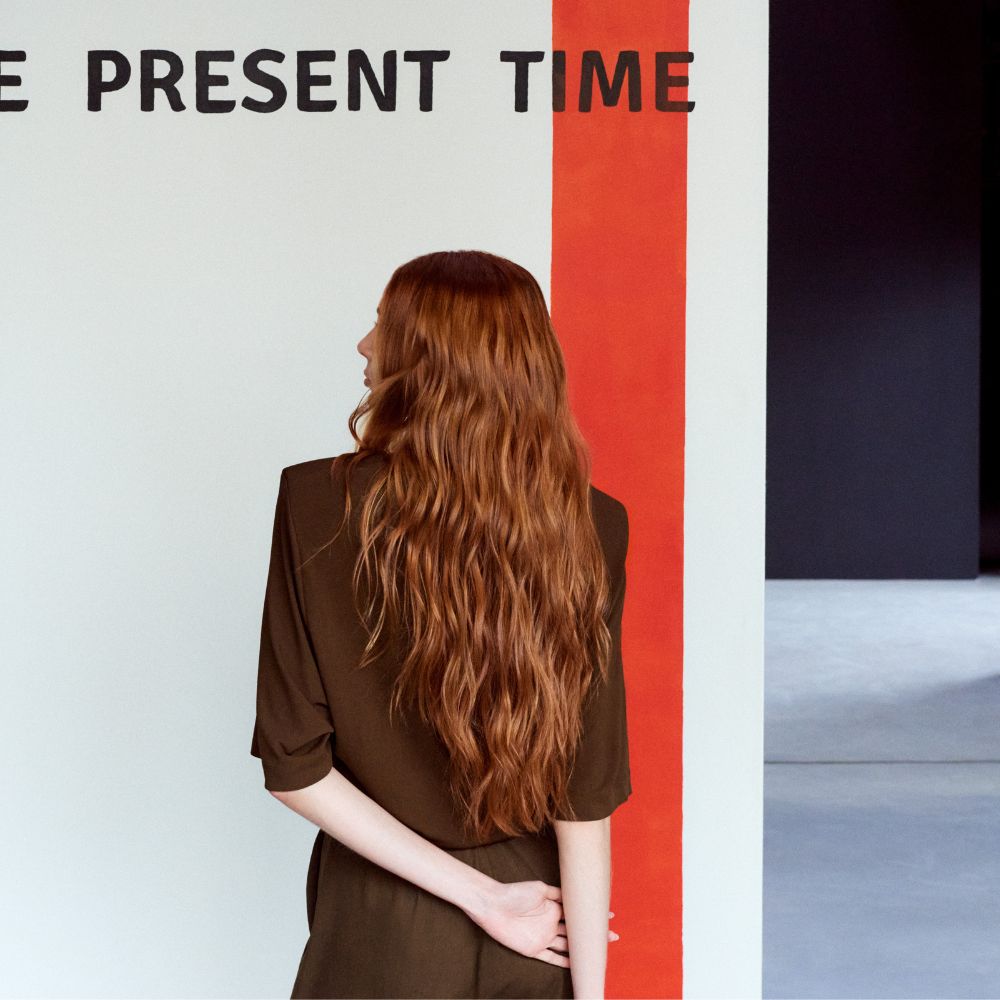

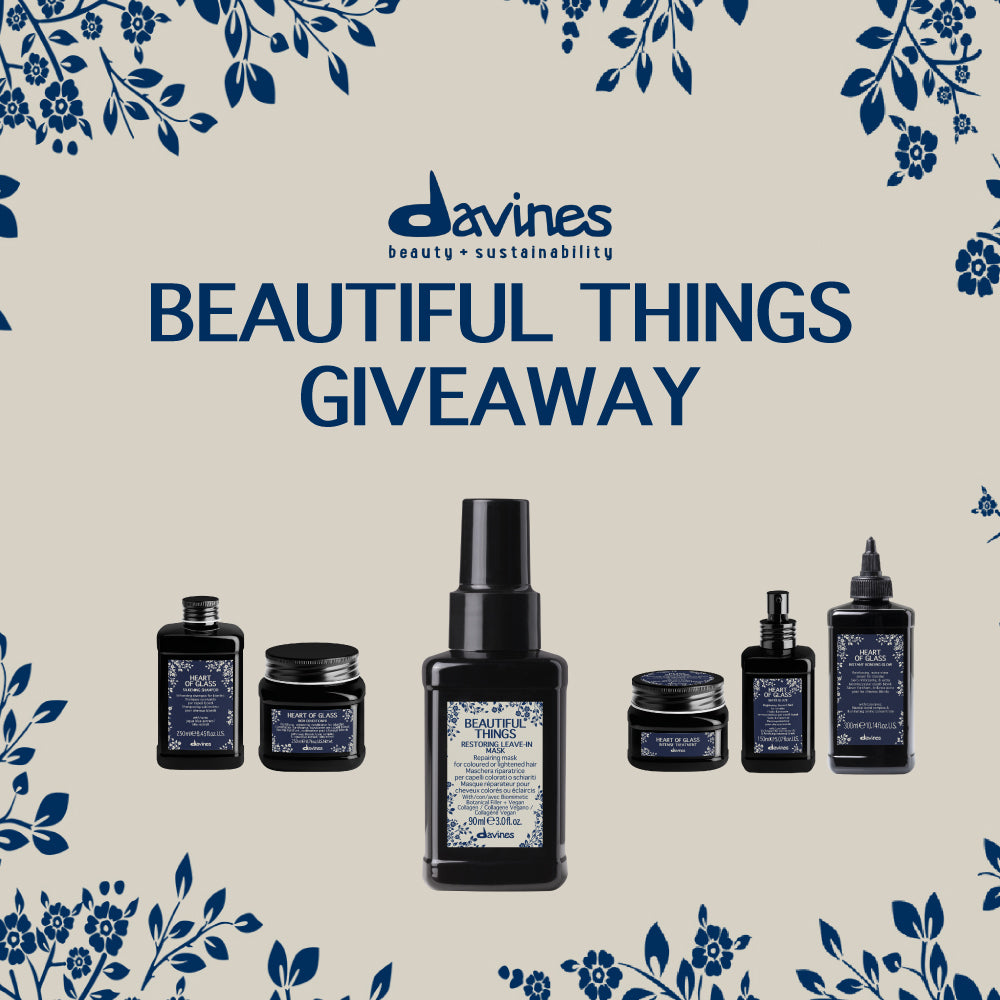

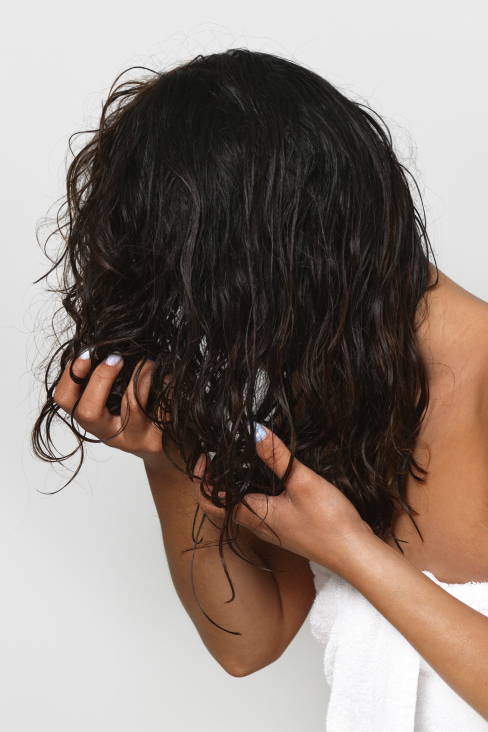
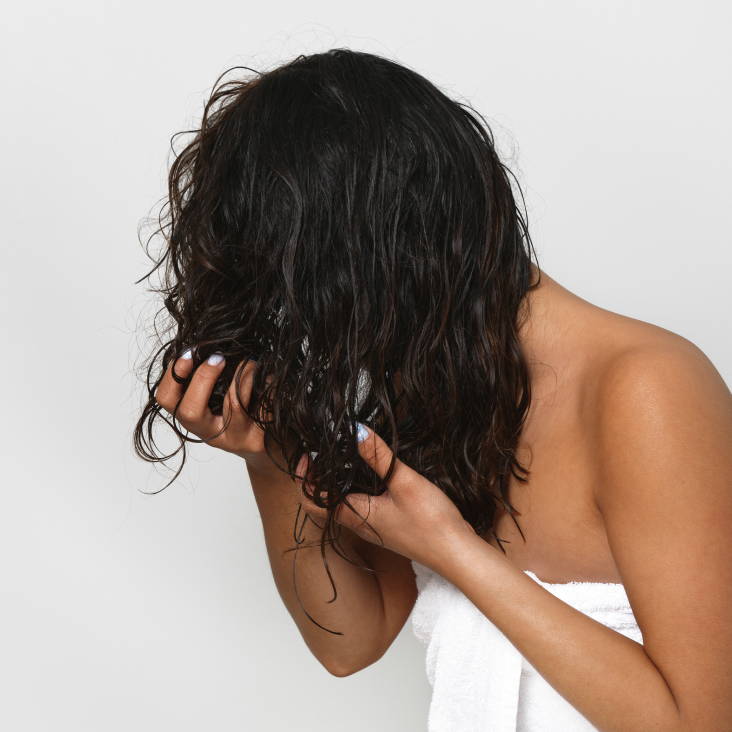
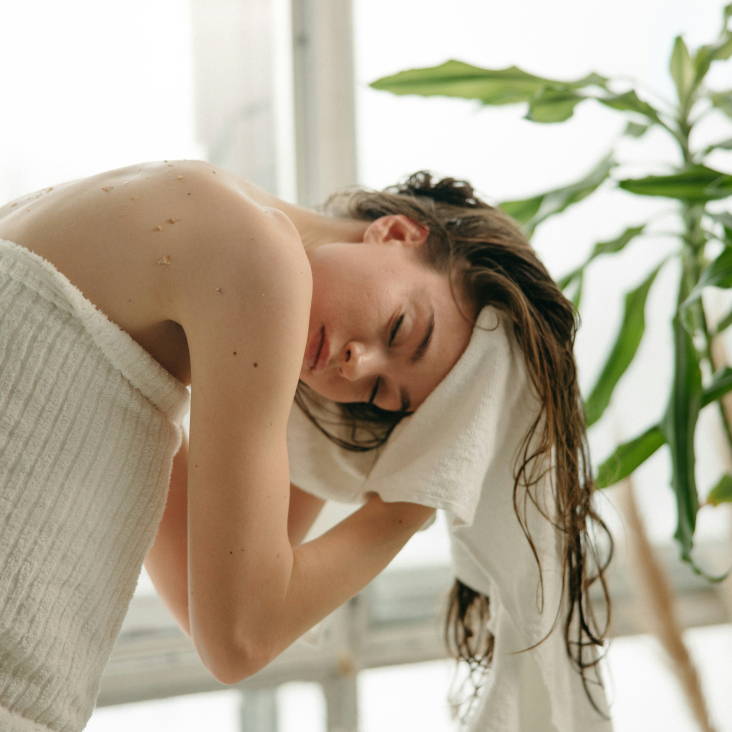
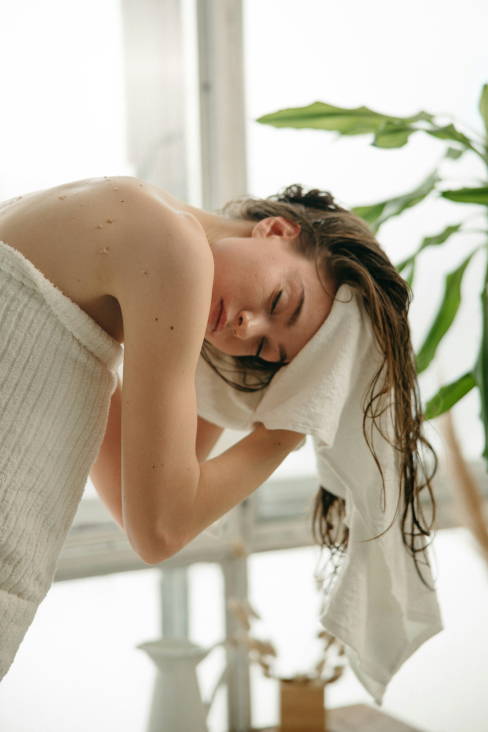

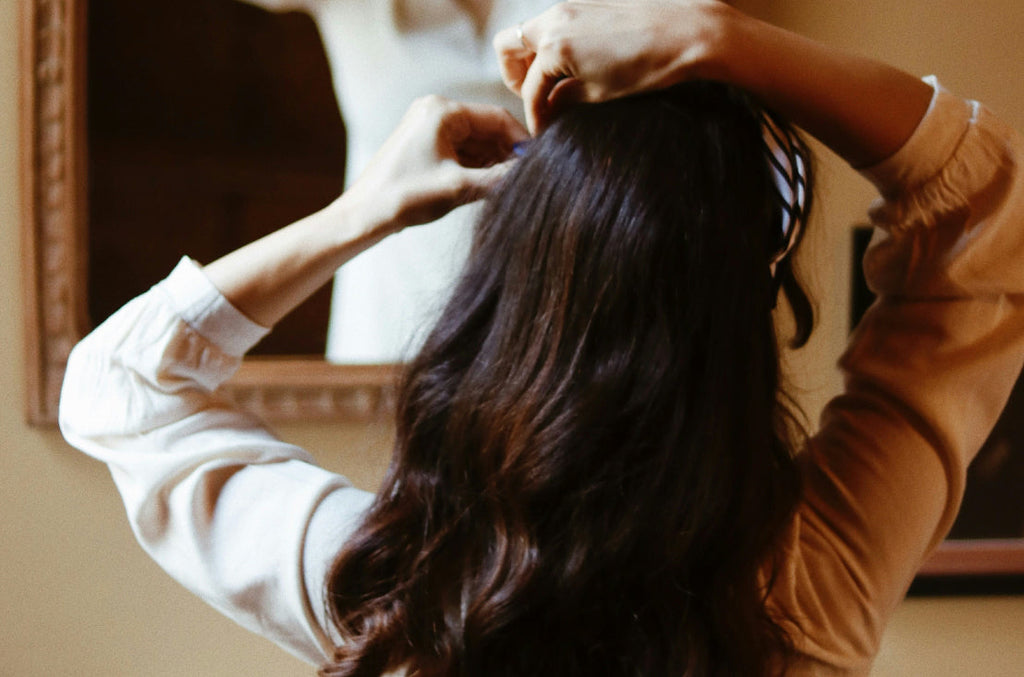
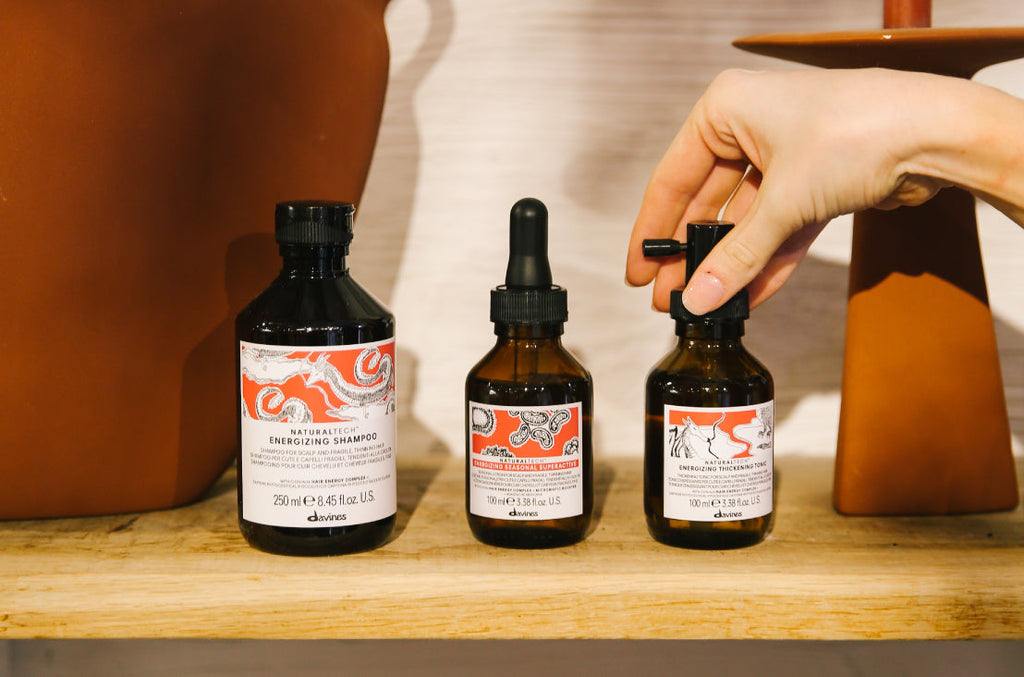
Leave a comment
Comments will be approved before showing up.